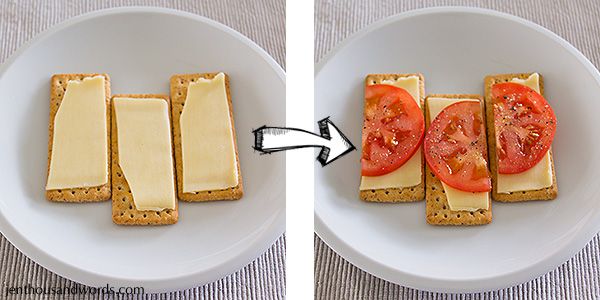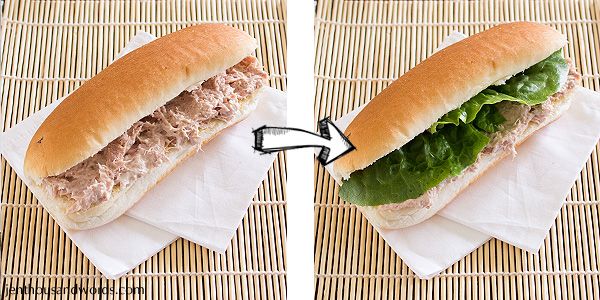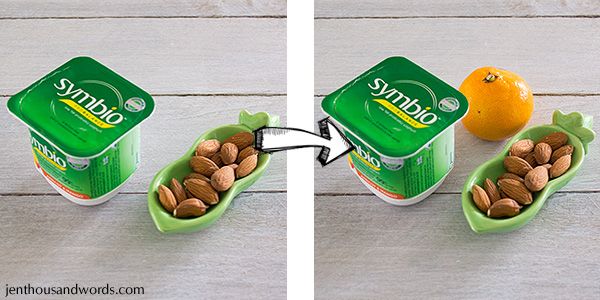A lot of healthy eating advice is in the negative - as in, don't eat this, cut back on that, eliminate the other. It can be hard to follow and make you feel deprived. It's difficult to change eating habits, especially if they are habits you have had all of your life.
I wanted to introduce another idea - instead of less, try more. What?! Yes, I mean it. When you are beginning to shift towards healthy eating, instead of taking things away, try adding things in.
And by "things" I mean "fruit and vegetables".
If you strive to add fruit or vegetables to each meal or snack that you would normally eat, even if you don't change your diet at all, you will begin to add a bit more nutrition and shift towards the positive. Of course, it's not enough to help in a weight loss journey, but it's a start.
What if your diet normally contains sugar, processed food, saturated fat, or lots of carbs? Well, adding fruit and veg will only add positivity. Then later you can begin to make other changes to the rest of your diet.
Creating good habits creates a positive cycle. You do something good (like adding produce), you feel good about yourself and your goals, you feel motivated to make another change, you do something else good (for example making healthy switches, reducing portion size, etc). It can feed on itself.
So, do I mean that you should tuck into mounds of spinach every time you eat something? Not exactly. Try making small additions to your usual food. For example:
Cheese and crackers becomes cheese, crackers and tomato (try adding black pepper):

A pancake with syrup becomes a pancake with syrup and sliced banana (try adding a sprinkling of cinnamon):

Tuna on a roll becomes tuna and lettuce on a roll (try adding cucumber and tomato too):

A snack of yoghurt and almonds becomes yoghurt, almonds and a satsuma (try adding a second fruit):

Bacon and eggs for breakfast? Add baked beans and a sliced tomato.
Granola bar for a snack? Add a handful of grapes.
Oatmeal for breakfast? Add some berries or banana or applesauce.
Meat and two veg for dinner? Make it meat and three veg, or have a piece of fruit for dessert.
Cereal for breakfast? Add a small fruit smoothie.
Chips and dip? Try chips and carrot sticks and dip.
Hot dog? Try hot dog with pickles and / or sauteed onions.
Sure, adding a couple of leaves of lettuce or a slice or two of tomato isn't going to miraculously make your diet healthy but adding in fruit and veg here and there will bulk out your meals a little. You might then begin to make other changes, such as cutting back on portion size, switching white bread for wholewheat, cutting out some of the less healthy options.
As you reduce portion sizes, fruit and veg can help you feel full - try eating a bowl of salad or vegetable soup before tucking into a meal and you'll find you will be satisfied with a smaller meal.
Don't forget tinned or frozen fruit and vegetables! They are great pantry staples and are sometimes even healthier than fresh - frozen vegetables are generally flash-frozen soon after picking and retain more vitamins and minerals than "fresh" produce from the grocery store.
Buy canned fruit in light juice rather than syrup, and drain and rinse them so that you aren't ingesting extra calories from the canning liquid.
Some canned vegetables can be limp, mushy and overcooked (asparagus and peas, for example), but there are exceptions such as corn and beetroot. Try to buy vegetables canned in water rather than brine to keep salt levels under control.
Have fun adding some colour to your food with healthy fruit and vegetables, and see how one little change can take you in the right direction.
